Is the building of new 3D attractions in theme parks dead? Just prior to the COVID pandemic, in 2019, I had already noticed that many attractions were moving away from the concept.
At the time, it was felt that audiences had begun to grow a bit screen-weary in theme parks, due to the increase in screen-based attractions and the overuse and poorly slapped-together method of adding 3D to theatrical films as an upcharge experience.
Flash forward to 2025. You have only to look at the list of cutting-edge attractions that have just opened within Universal’s new Epic Universe theme park in Orlando, and you won’t find a single one that requires the use of 3D glasses.
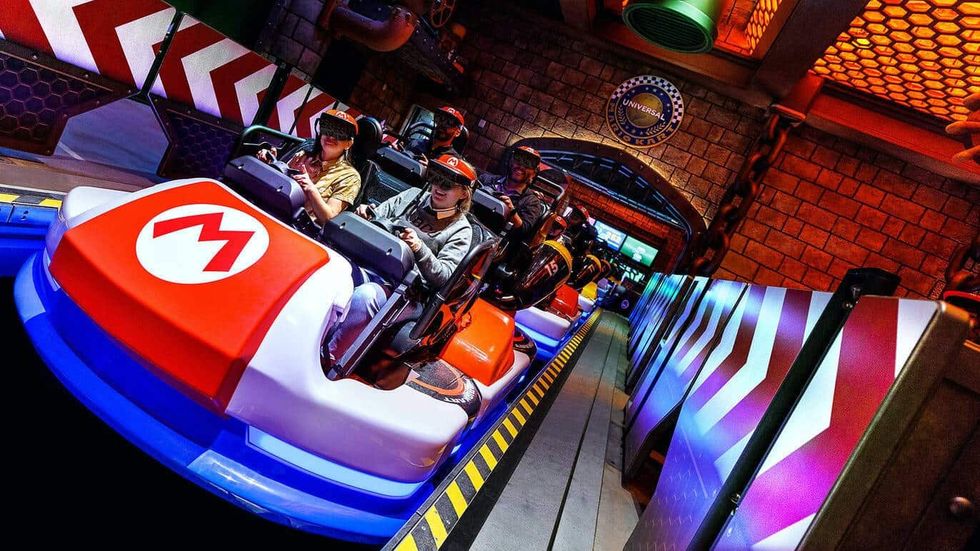
There are a plethora of amazing attractions in Epic Universe that offer mind-blowing, stunning visuals through screens and the latest technology, but only one requires headgear.
That would be the Mario Kart: Bowser's Challenge dark ride inside the Super Nintendo World portal, which actually uses an AR visor to overlay interactive video game graphics over the rider's view of the themed spaces within the dark ride.
The 3D ride boom
It’s funny to think that not all that long ago 3D/4D attractions were considered so much a staple of a theme park experience, that all four of the Walt Disney World theme parks each offered their own unique 4D theater attraction: Mickey’s PhilharMagic at the Magic Kingdom, Honey, I Shrunk the Audience at Epcot, MuppetVision 4D at the Disney Hollywood Studios and It’s Tough to Be a Bug at Disney’s Animal Kingdom.
Jump ahead to today, and PhilharMagic is currently the only one left, with the theaters at Epcot and the Studios closed, and the Bugs at Animal Kingdom retired to make way for a new 4D attraction themed to the film Zootopia, opening later this year.
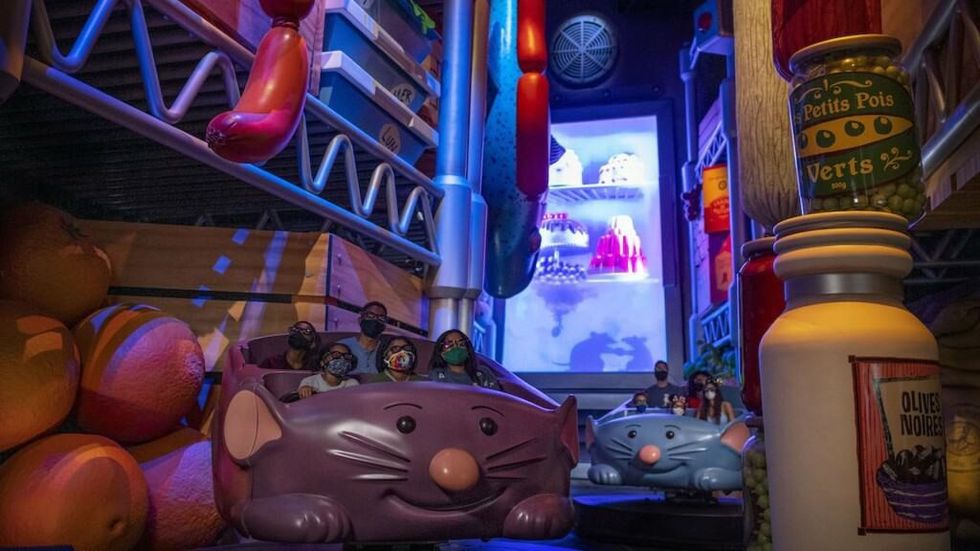
If that wasn’t enough, we are seeing many attractions that once opened with 3D glasses are now running in 2D mode only. Disney has recently confirmed that it is in the process of doing just this to both of its Ratatouille-themed dark rides at Walt Disney Studios Paris and in Epcot’s France pavilion.
Switching to 2D comes with many benefits, including increased brightness and clearer image projection, thanks to ultra-modern projection systems that deliver everything in sharper focus.
Newer tech
What was once considered a unique and high-tech attraction is now quietly fading away as major theme parks explore newer, glasses-free technologies that offer similar forms of immersion.
Within inner management circles, what was once considered a unique novelty attraction that would get more guests through the turnstiles is now increasingly viewed as “outdated” —and, worse, as a costly gimmick that is starting to undermine a ride’s marketing appeal.
Making the move even more appealing is that, in addition to cutting the cost of washing and eventually replacing all those 3D glasses as they age out, these attractions can also cut numerous once-required staffing positions needed to collect, wash, clean and sanitise, and then re-distribute these same glasses to the next group of guests.
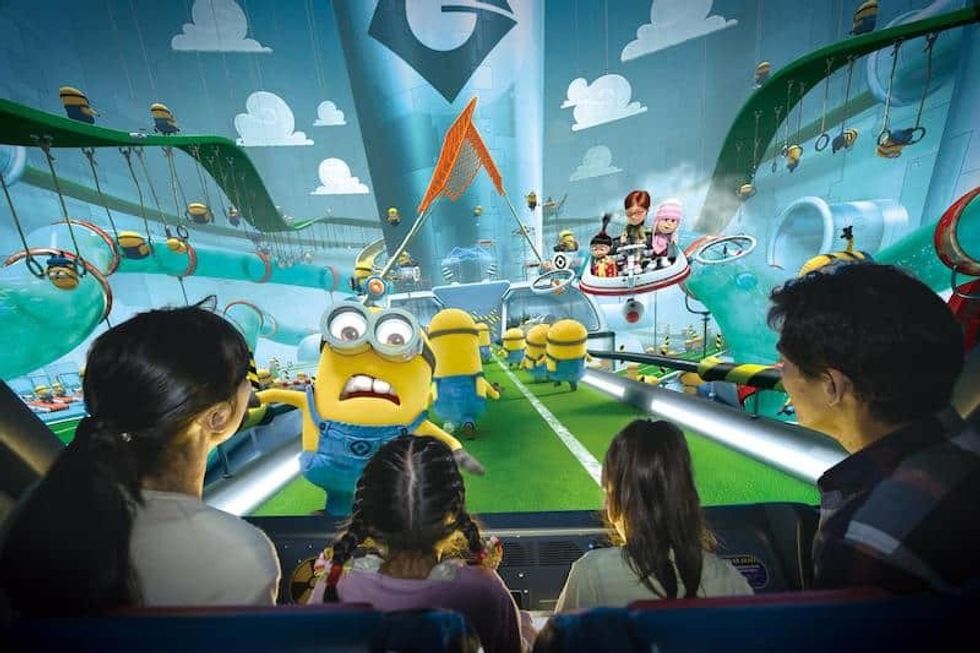
Disney isn’t the only one that has been slowly retiring its 3D attractions. Universal is also making the same moves right alongside the competition, having switched former 3D attractions such as Despicable Me: Minion Mayhem and Skull Island: Reign of Kong to 2D projections.
A fun fact is that while the original Harry Potter and the Forbidden Journey attraction in Orlando has been running as a 2D attraction ever since it opened, Universal did try out a 3D version of the attraction in the Hollywood and Japan theme parks for a time.
These attempts to make the original attraction work in 3D did not go over well with guests, as they not only resulted in a dimmer image on the screens but also caused far more motion sickness issues.
Newer attractions now open such as Minnie and Mickey’s Runaway Railway (Disney), Harry Potter and the Battle at the Ministry (Universal) use a mixture of new cutting edge technology, blending the use of high end 4K and 120 FPS 2D projections in the background along with projection mapping images on real three dimensional set-pieces to create a realistic looking 3D landscape for riders to pass through.
Meanwhile, through the increased use of highly detailed set pieces, in-person effects, and bleeding-edge animatronic figures, attractions like Monsters Unchained: The Frankenstein Experiment (Universal) and Star Wars: Rise of the Resistance (Disney) are able to create adventures within worlds where one struggles to tell exactly where the screen begins and the real set pieces end.
More hassle-free immersion
The solution that successful parks are adopting is not a retreat from screens, but rather an upgrade.
By switching to cutting-edge high-refresh-rate 2D projection (typically 4K resolution at 120 frames per second), parks can deliver visuals that are brighter, sharper, and more vibrant than any 3D experience could, all without the need for flimsy eyewear.
This adoption and integration of next-generation technologies has enabled a hassle-free form of visual immersion without the need for clumsy eyewear in most cases.
Blending real-world animatronic figures with new dark ride vehicle systems that offer greater ranges of movement has contributed to bringing about a viable end to the “gimmick” of 3D glasses.
For many theme park guests, as well as industry experts, this elimination of a once-reliance upon 3D projection technology is a very welcome change, signalling the end of an era where a variety of blatant “3D” gags were constantly leaping out of the screen. This was done often for no other reason than to take advantage of the visual effect gag.
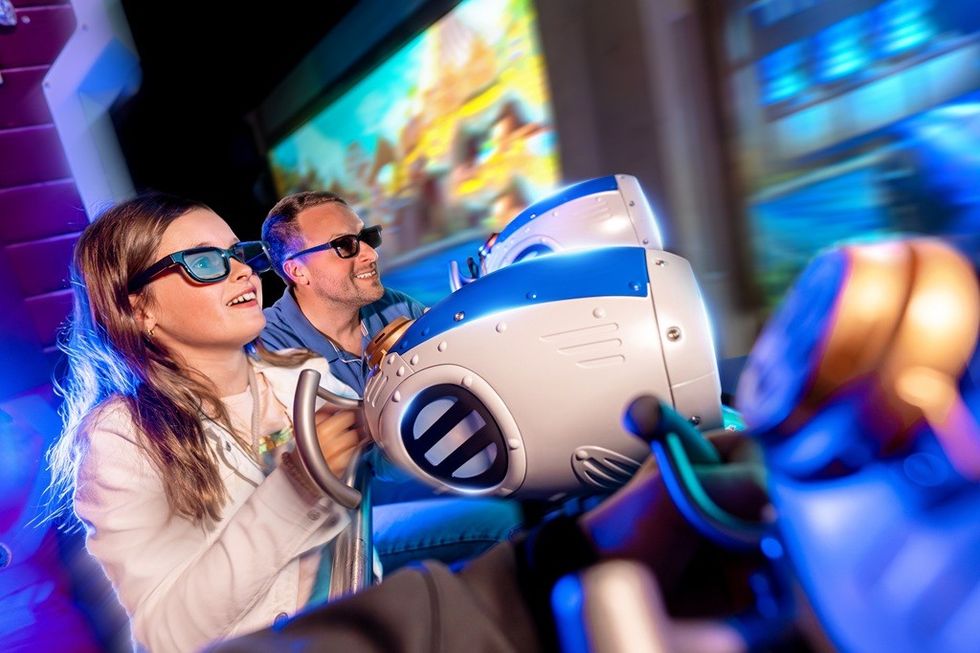
Unfortunately, moments like this were often prioritized over keeping a focus on a more compelling storyline.
While I’ve thus far mentioned only Disney and Universal parks and attractions, a number of other chains have made heavy use of 3D attractions over the years.
While they don’t seem to have them anymore, the former Busch Entertainment theme parks (now United Parks & Resorts) also once included SimEx-Iwerks 4D theaters in each of their parks.
I believe each of the parks ran a Pirates 4D theater film at one point that featured acting performances by Leslie Nielsen and Eric Idle, before rotating on to show a variety of other 4D adventure films, before eventually being retired.
In fact, SimEx-Iwerks had a whole library of 4D theater films that they could license out to any parks with a 4D theater looking for new content.
These days, you are more likely to find a 4D theater at your local regional theme parks around the world, with Merlin Entertainment parks still appearing to be quite fond of them, especially at their Legoland theme parks.
Where 3D rides still work
With all that having been said… I believe there are still a number of existing attractions that could not offer as good an experience as they currently do if they were to retire their 3D hardware.
First and foremost, The Amazing Adventures of Spider-Man at Universal’s Islands of Adventure, while it first opened back in 1999, is perhaps the ultimate perfection of dark ride and 3D technology, able to bring the animated comic book adventures of Spider-Man to life in a way that no one else has been able to quite replicate.

Universal went on to use the same technology once again when it created the Transformers: The Ride attraction, which also would not be anywhere near as impressive if it were to remove the 3D glasses.
There has been a little debate, however, about the use of headgear on Universal’s Mario Kart: Bowser’s Challenge, now open at Universal Studios Japan, Universal Studios Hollywood, Universal Epic Universe, and coming soon to Universal Studios Singapore.
A good portion of the guests felt that the heavy AR visor system used on Mario Kart was not only a bit excessive but also overly bulky and uncomfortable, and was distracting to some. Personally, I have heard from some guests who chose to lift their visors and just enjoy the pure dark-ride experience, minus the AR projections.
I can understand this myself, as I, too, have felt that sometimes the inclusion of an overly intense interactive element can cause excessive distraction.
I would agree that while the Mario Kart AR and video game-like steering system is a fun addition, it can at times become so distracting that you may lose track of the story taking place around you while you are chasing down your next target.
On the other side of the coin, I do believe there are some existing very popular attractions out there today that still may benefit from dropping their 3D glasses in favor of a clearer projection experience.
The current Star Tours: The Adventure Continues attraction running around the world today at various Disney Theme Park Resorts is one I think could also benefit from this kind of move.
Looking to the future, I’d say that future appearances of plastic 3D glasses on new attractions will get increasingly rare. While the point of theme park fun is always escapism, I believe the future will likely be lens-free for the most part.
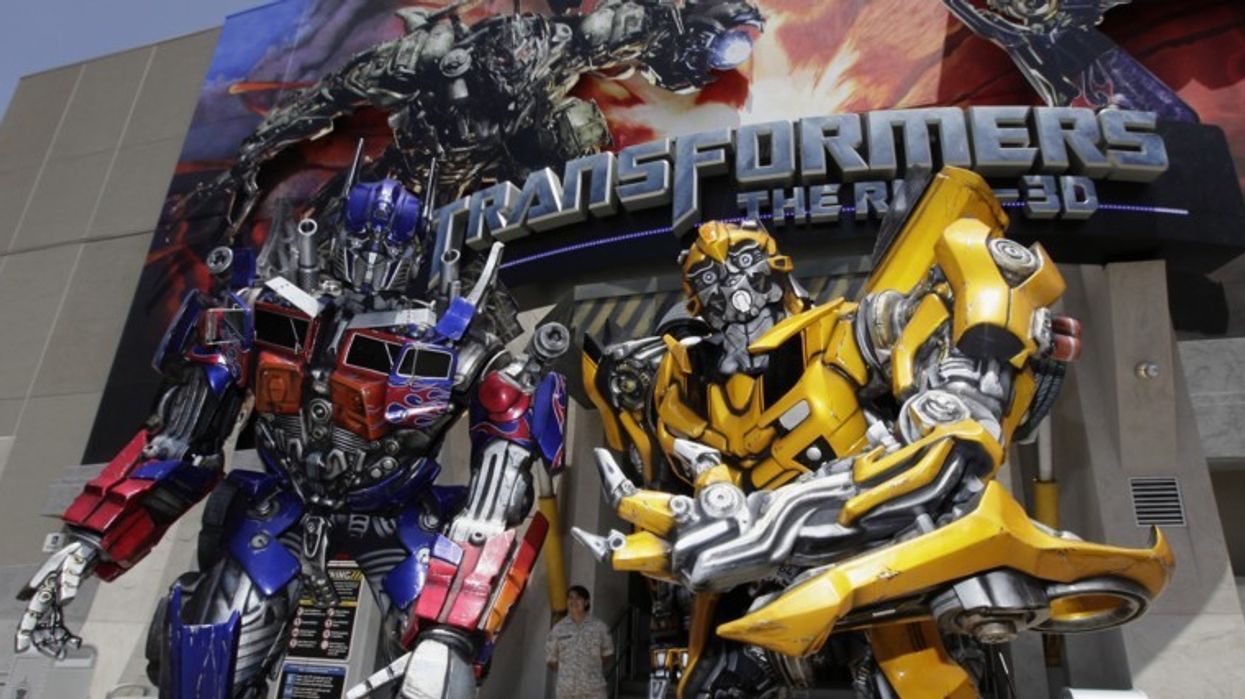

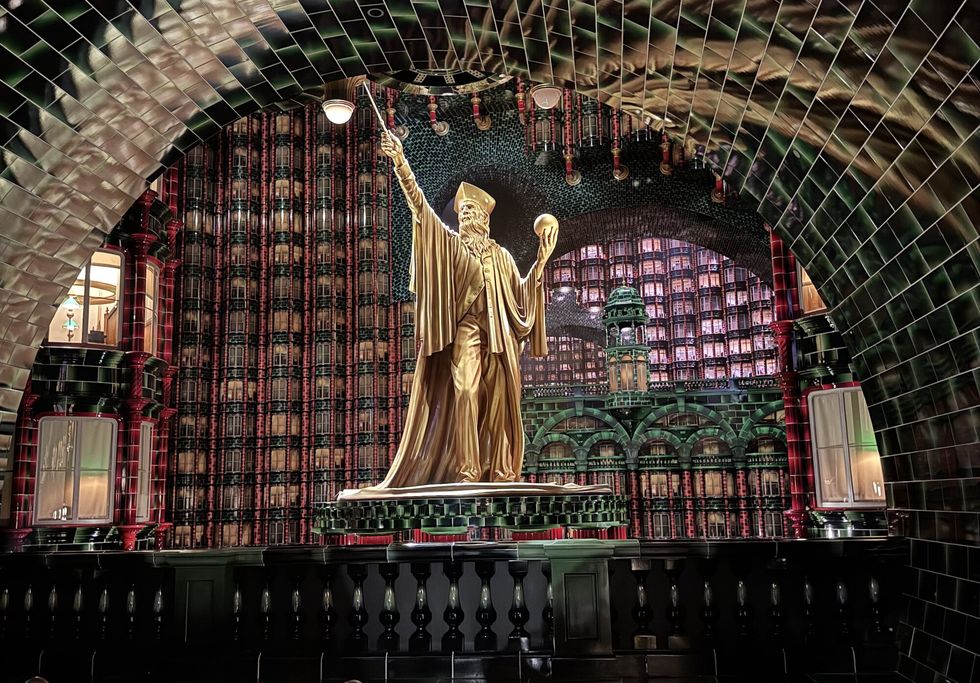
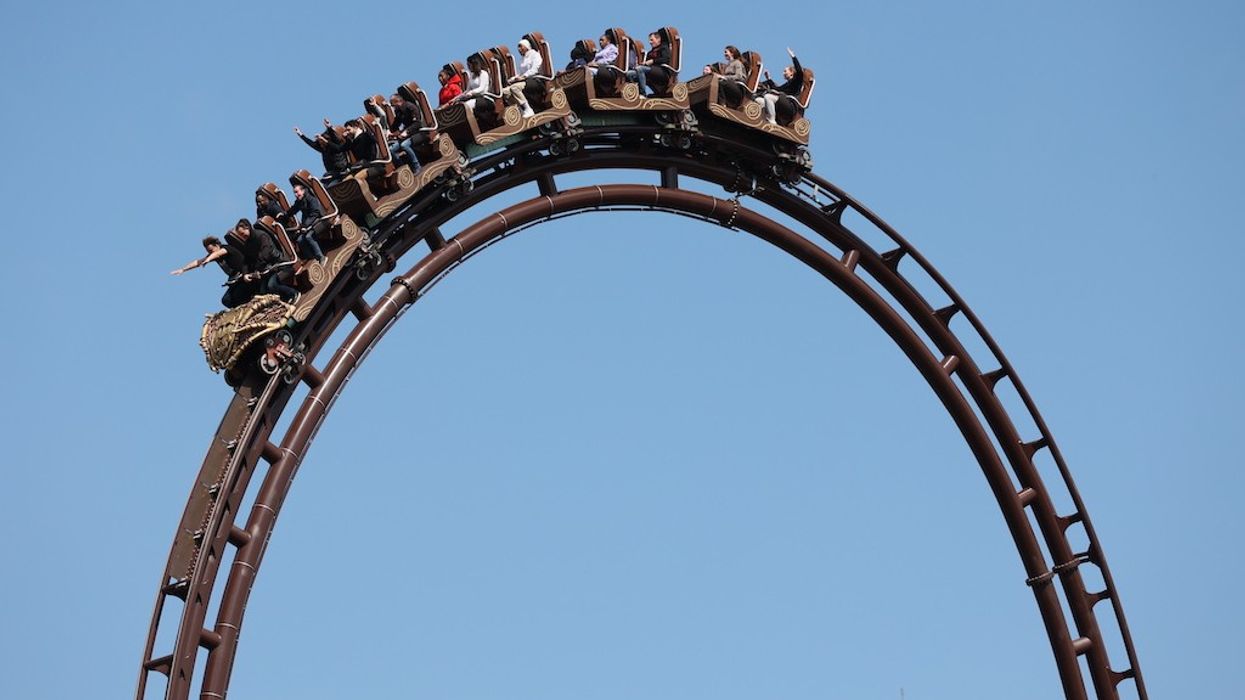

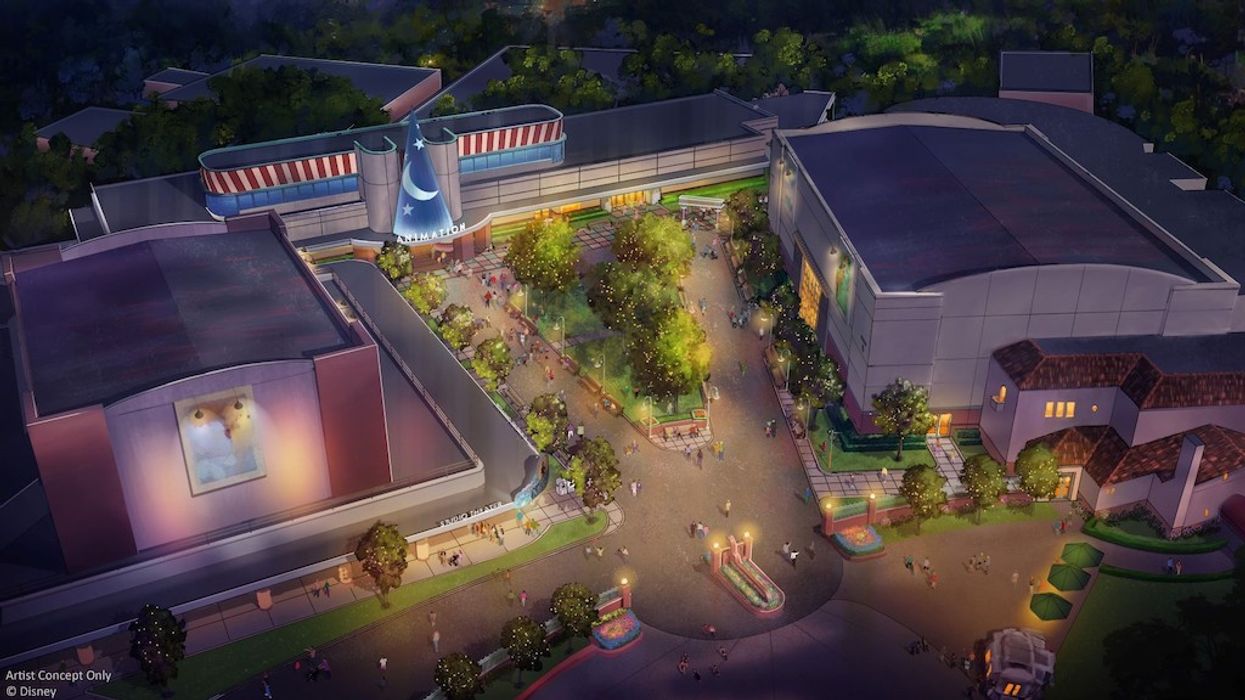

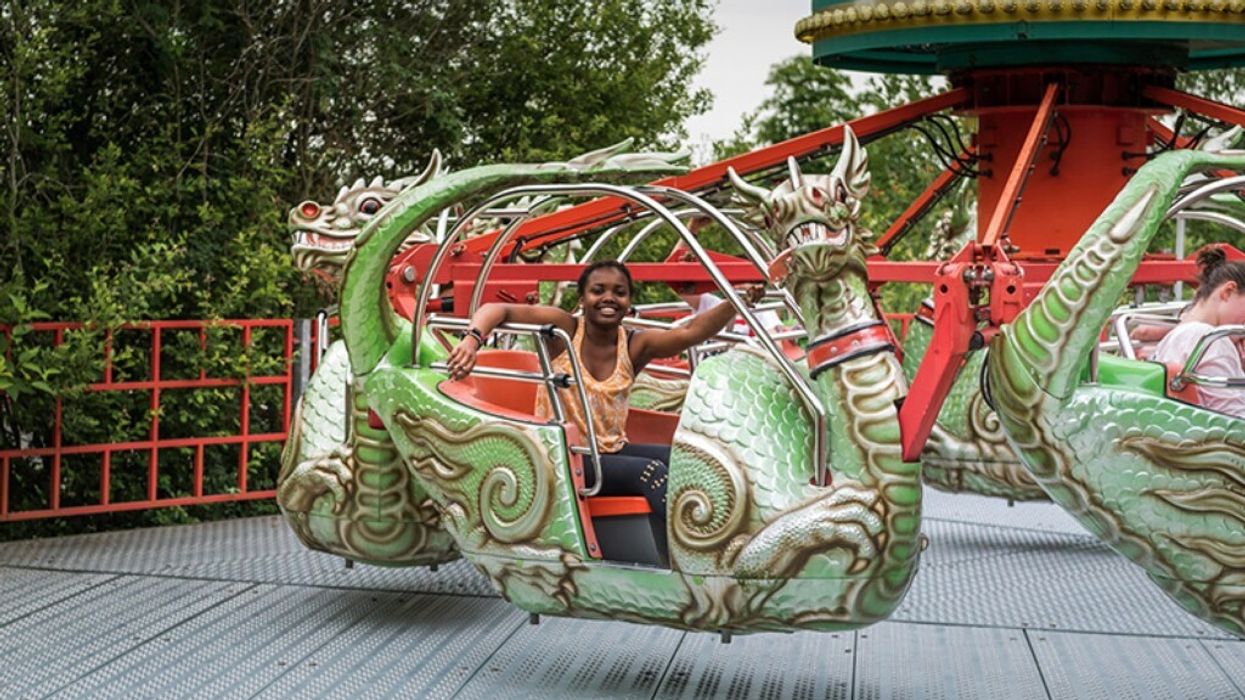
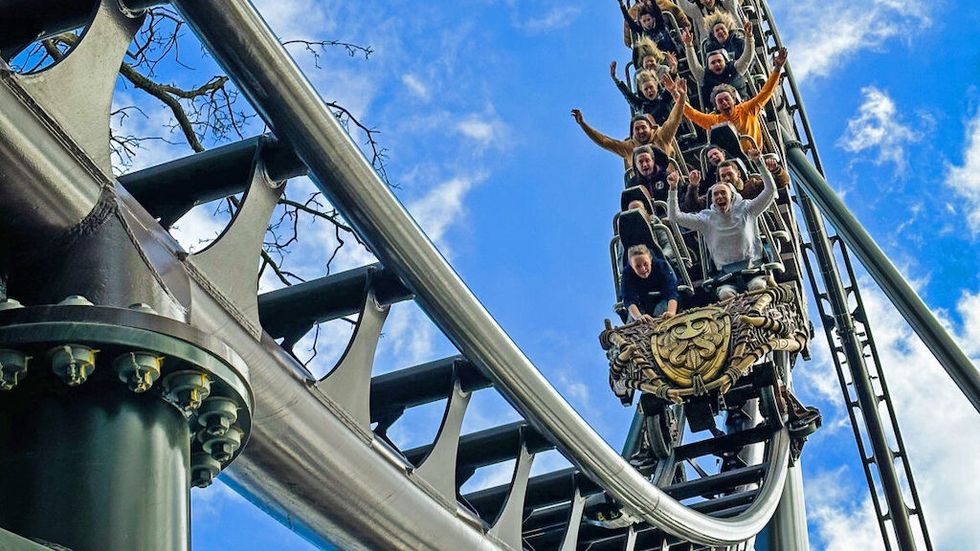
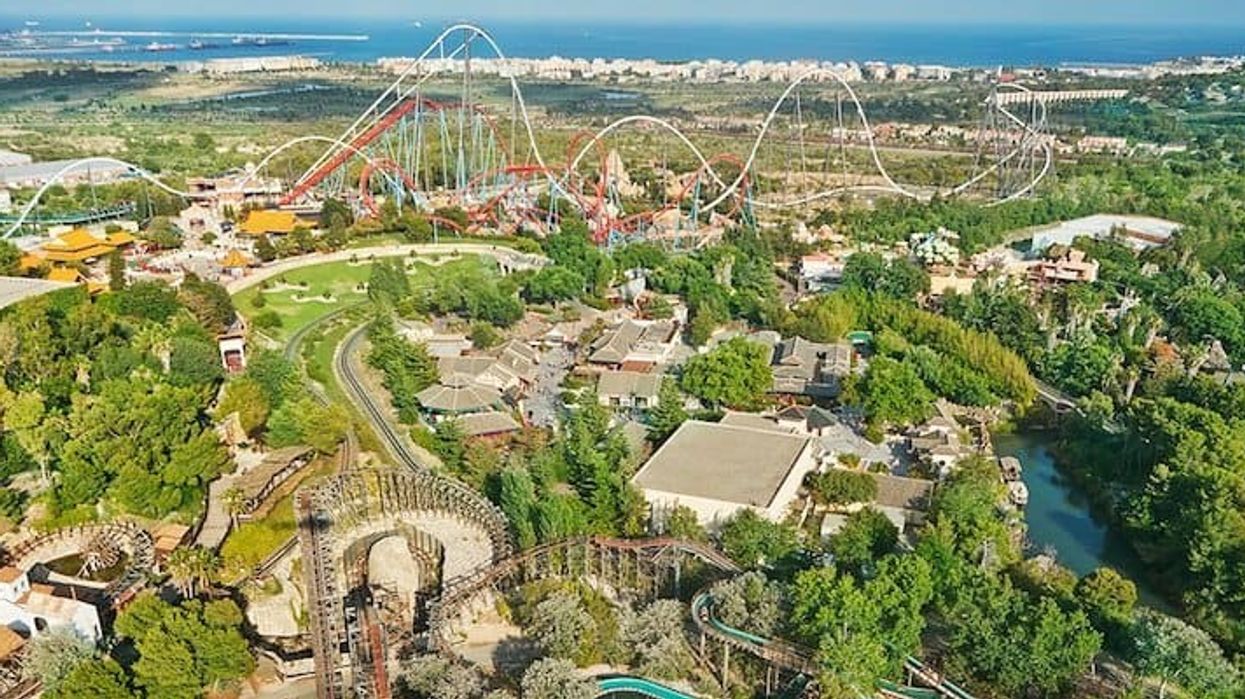
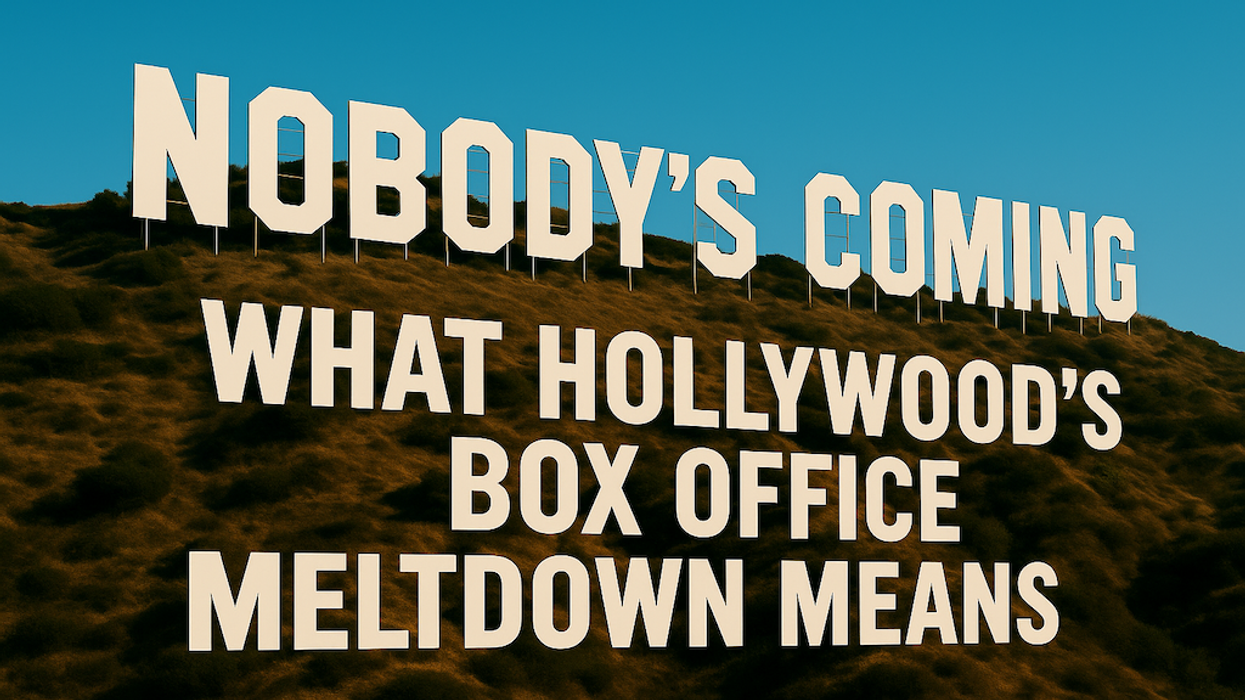
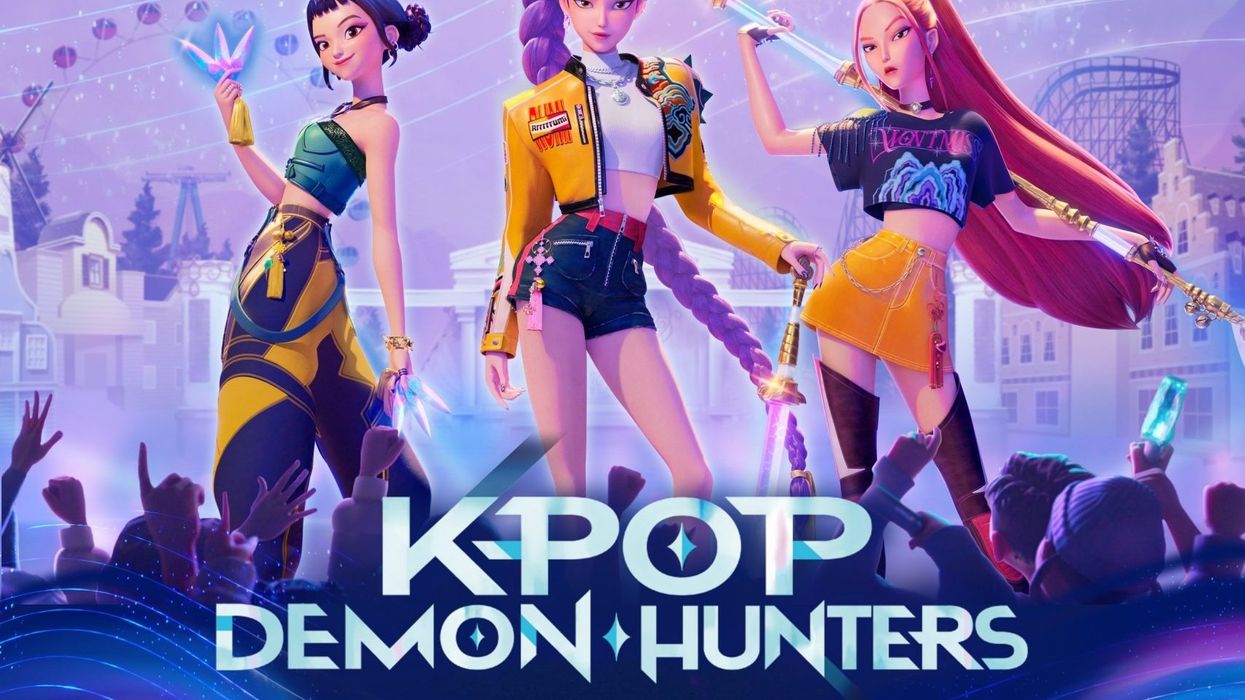

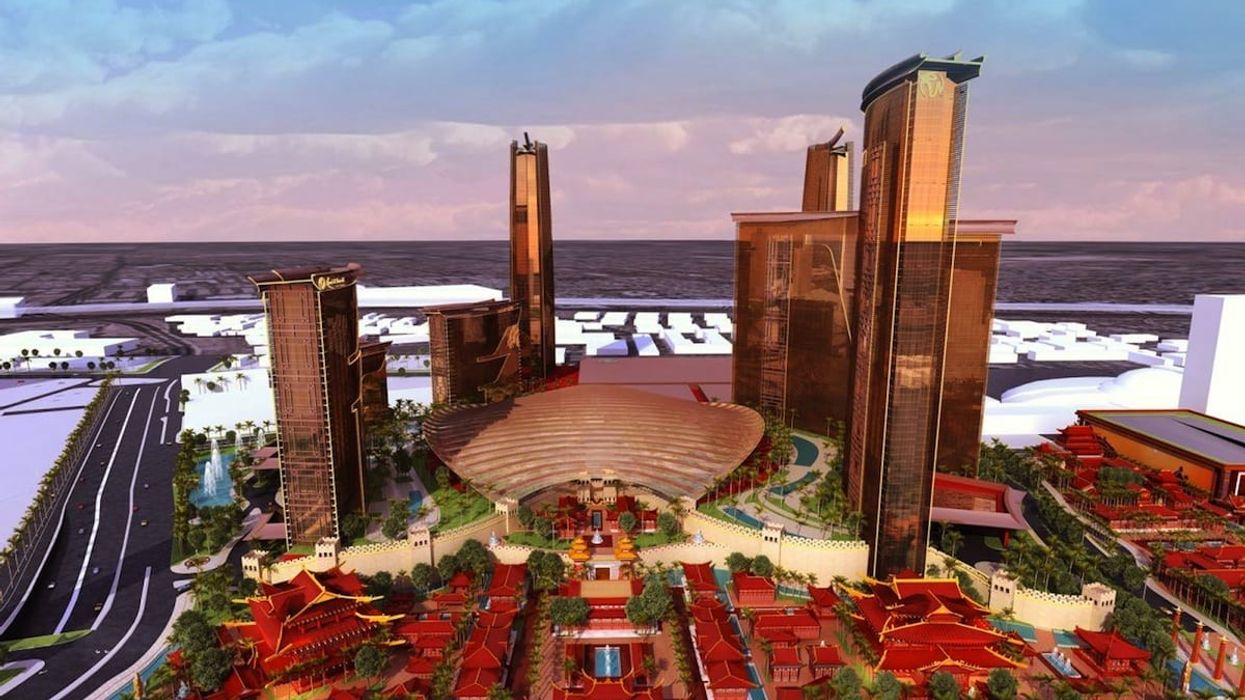
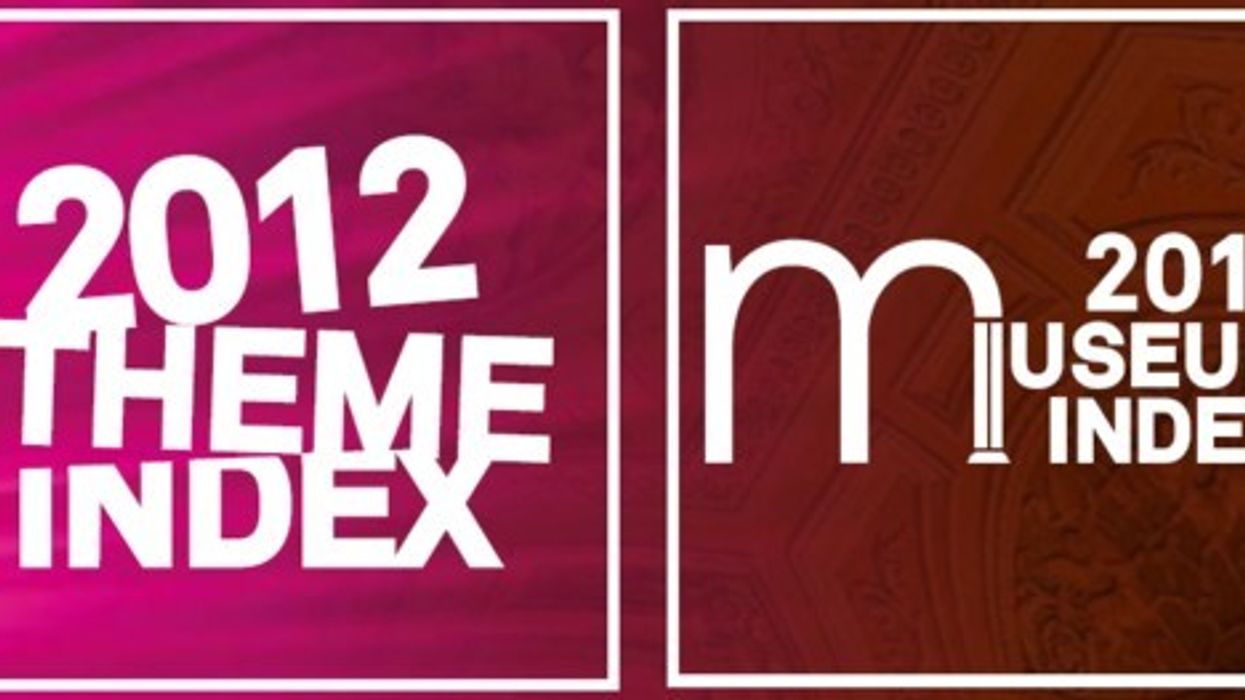

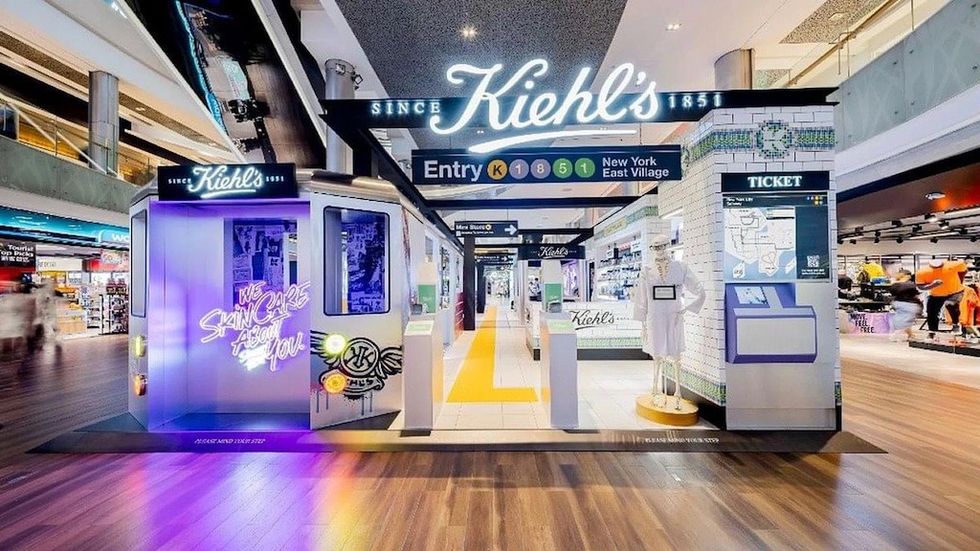 A fully customisable ‘Have-it-your-way’ NYC Subway-style pop-up experience where visitors step into Kiehl’s world through personalised touchpoints, photo moments and interactive brand storytelling
A fully customisable ‘Have-it-your-way’ NYC Subway-style pop-up experience where visitors step into Kiehl’s world through personalised touchpoints, photo moments and interactive brand storytelling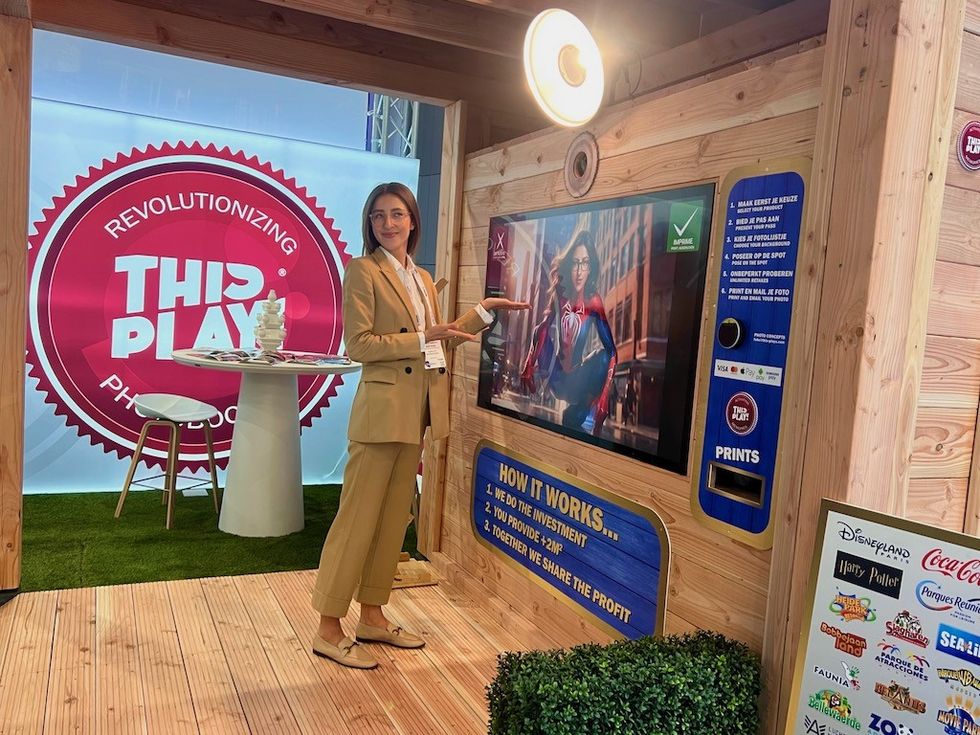 Become a superhero and print your own HeroCard (driving-license style) instantlySource: ThisPlays International
Become a superhero and print your own HeroCard (driving-license style) instantlySource: ThisPlays International
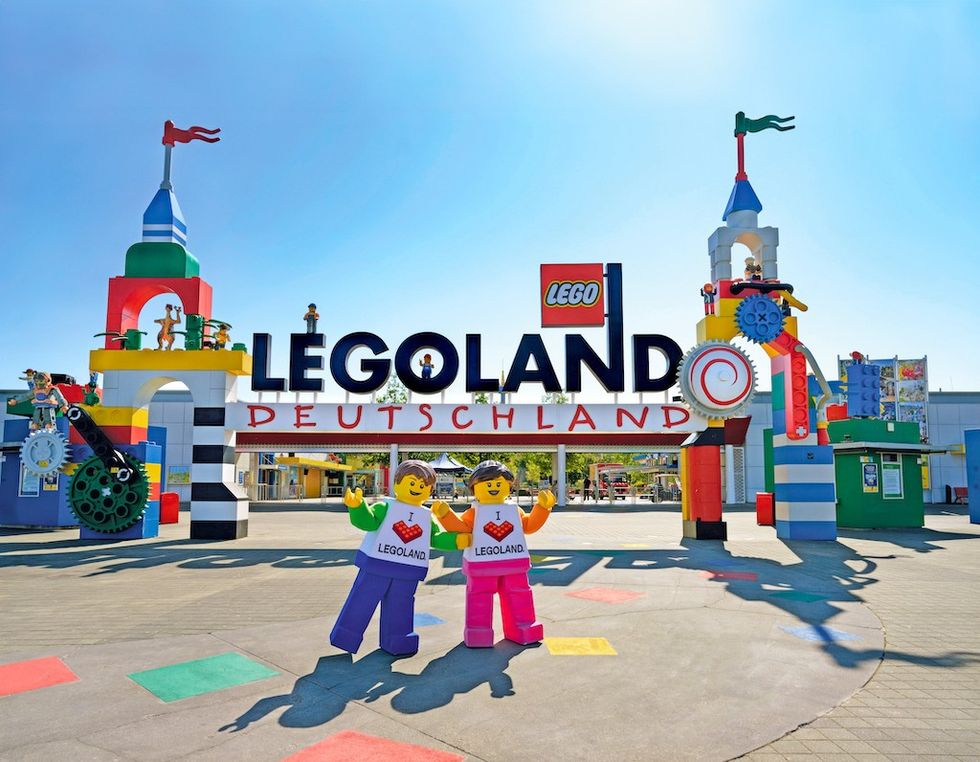
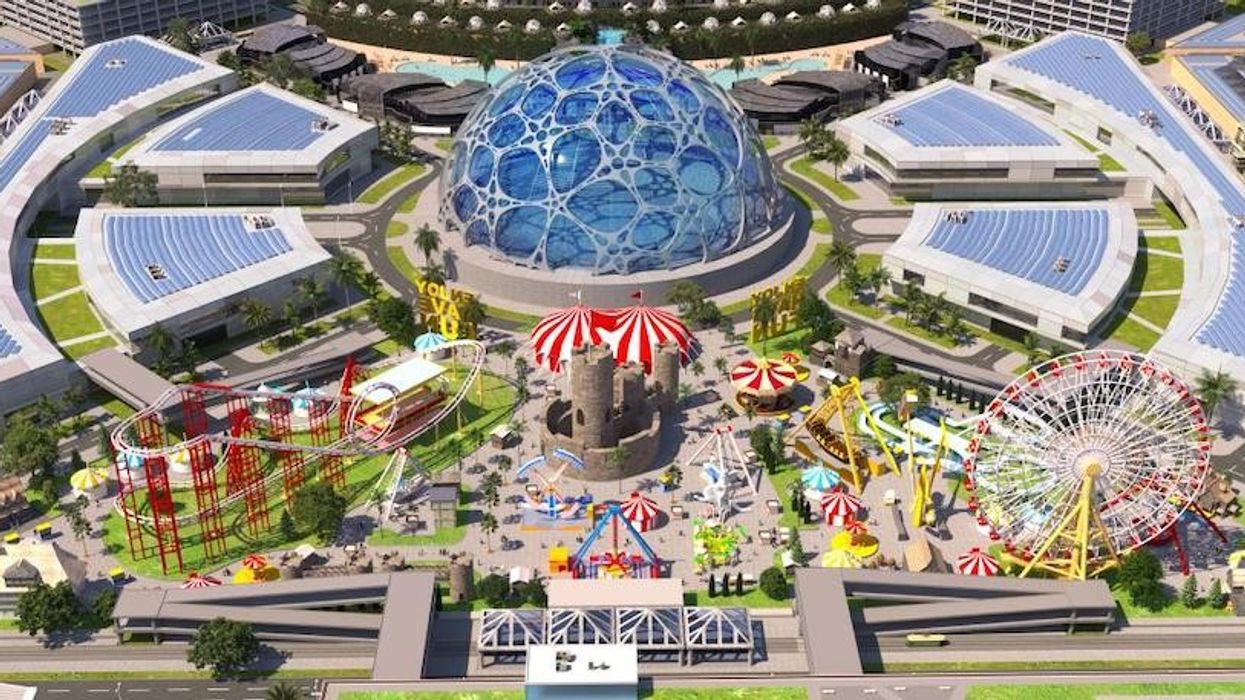
 Image courtesy of Infinity Planet
Image courtesy of Infinity Planet